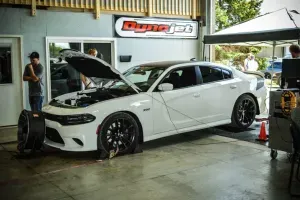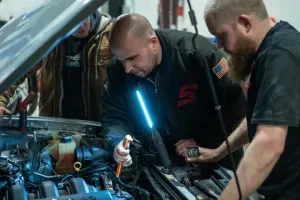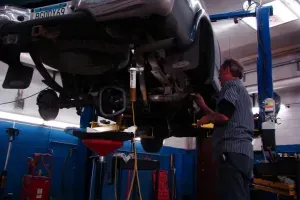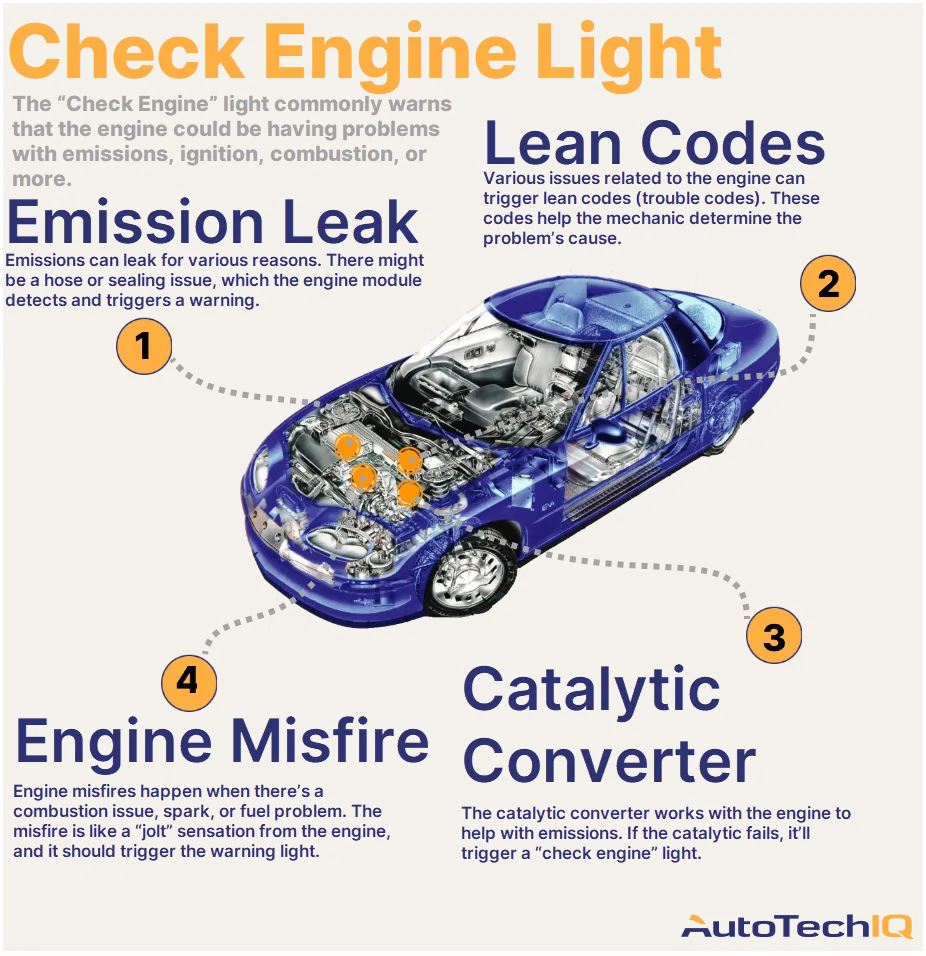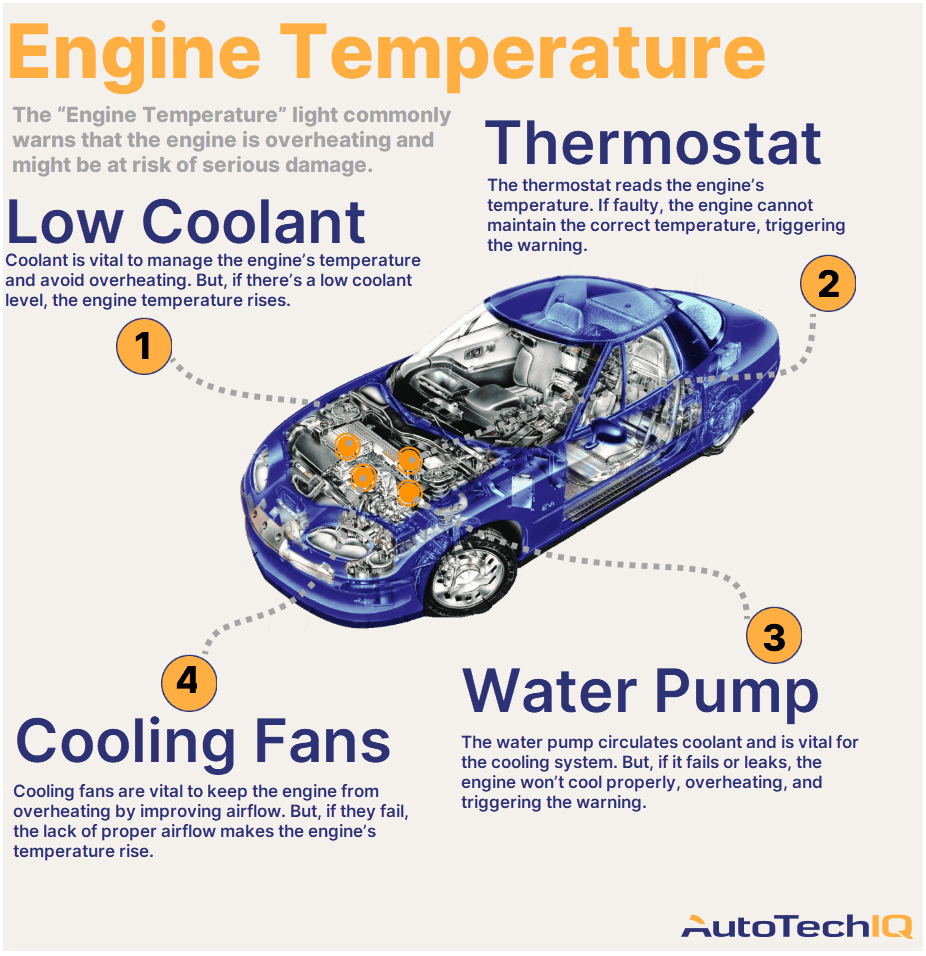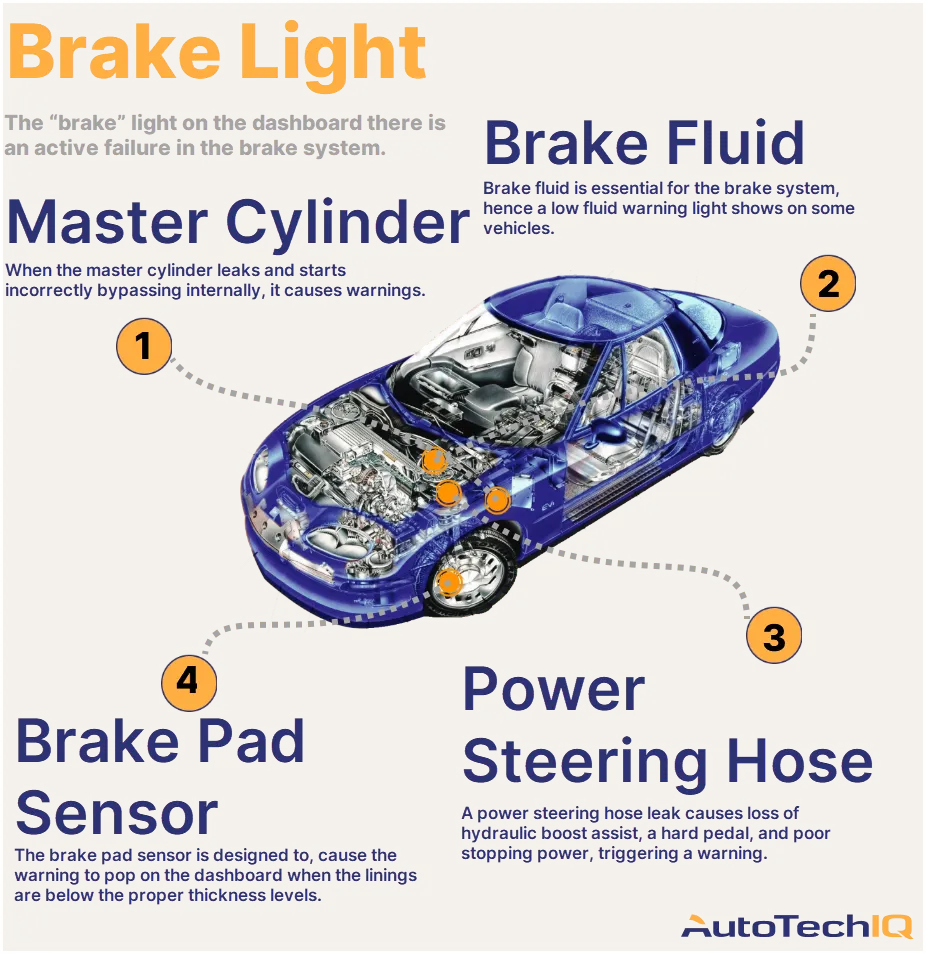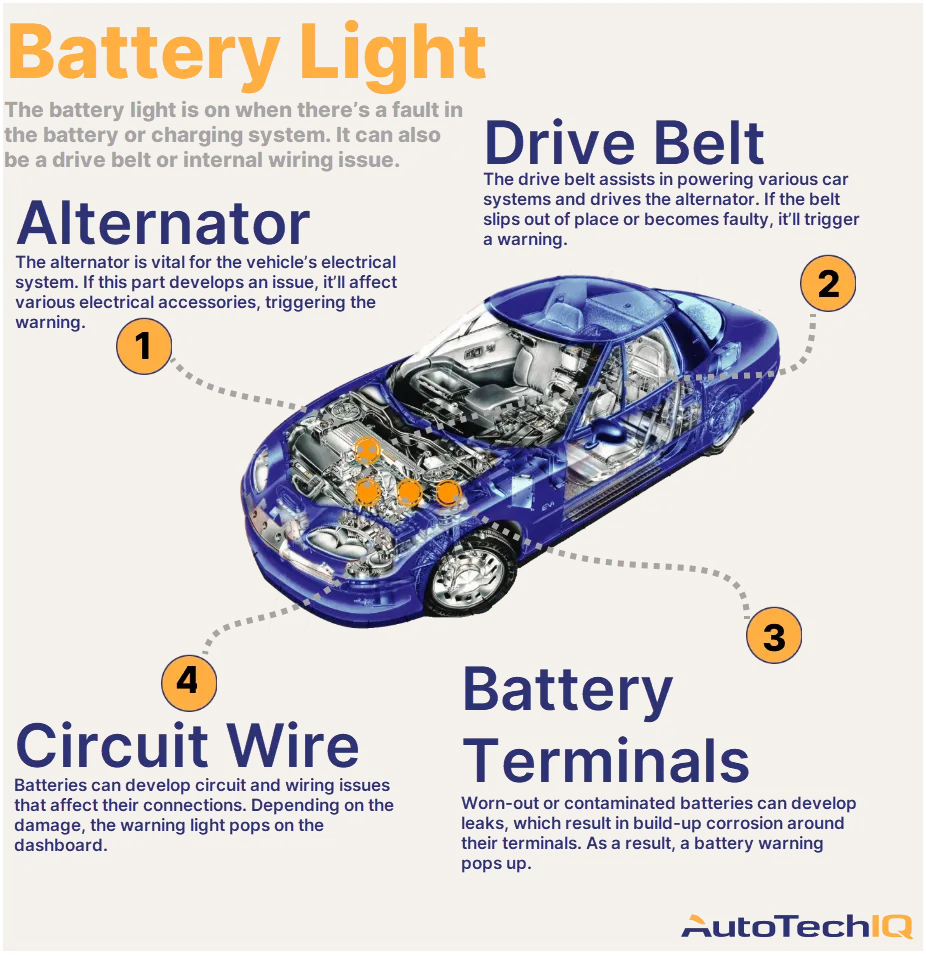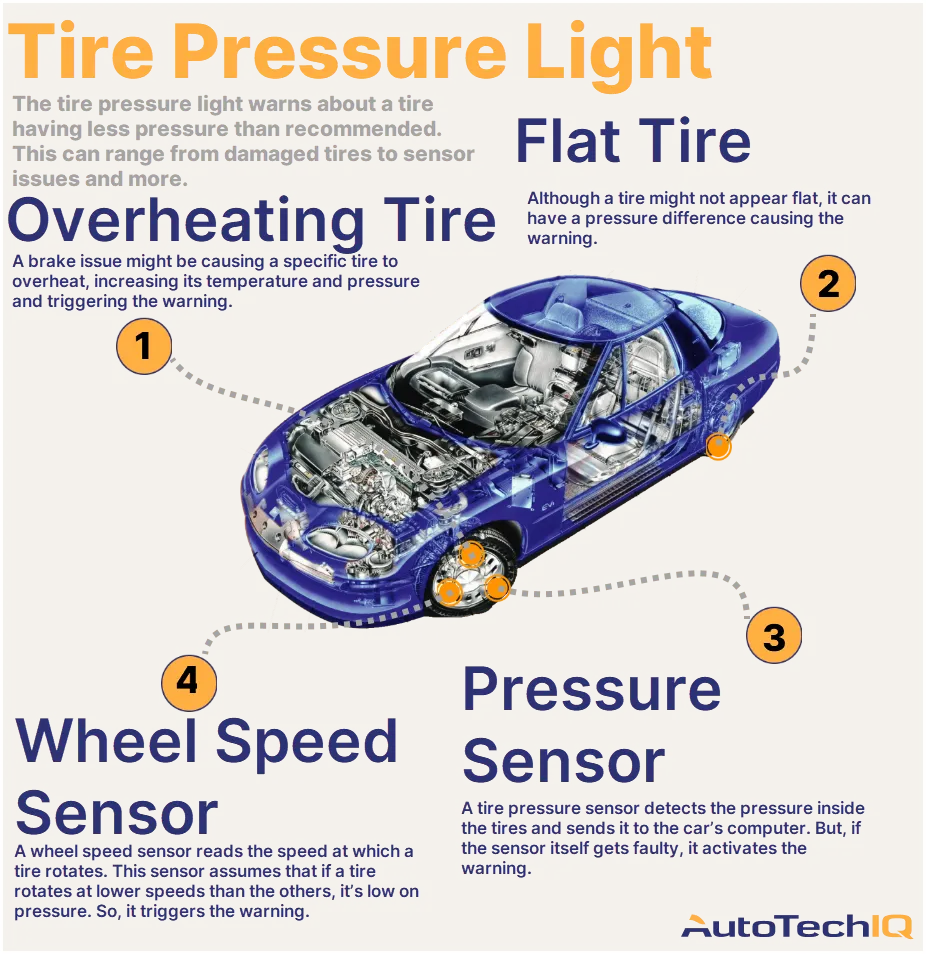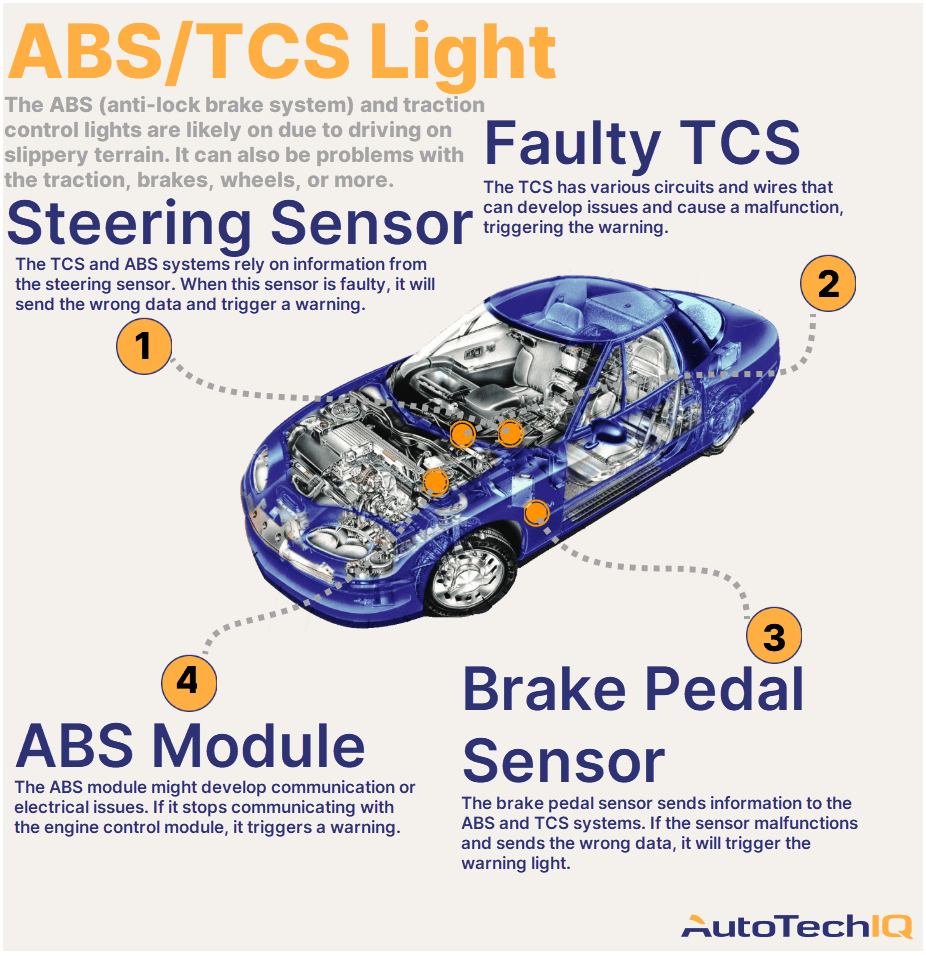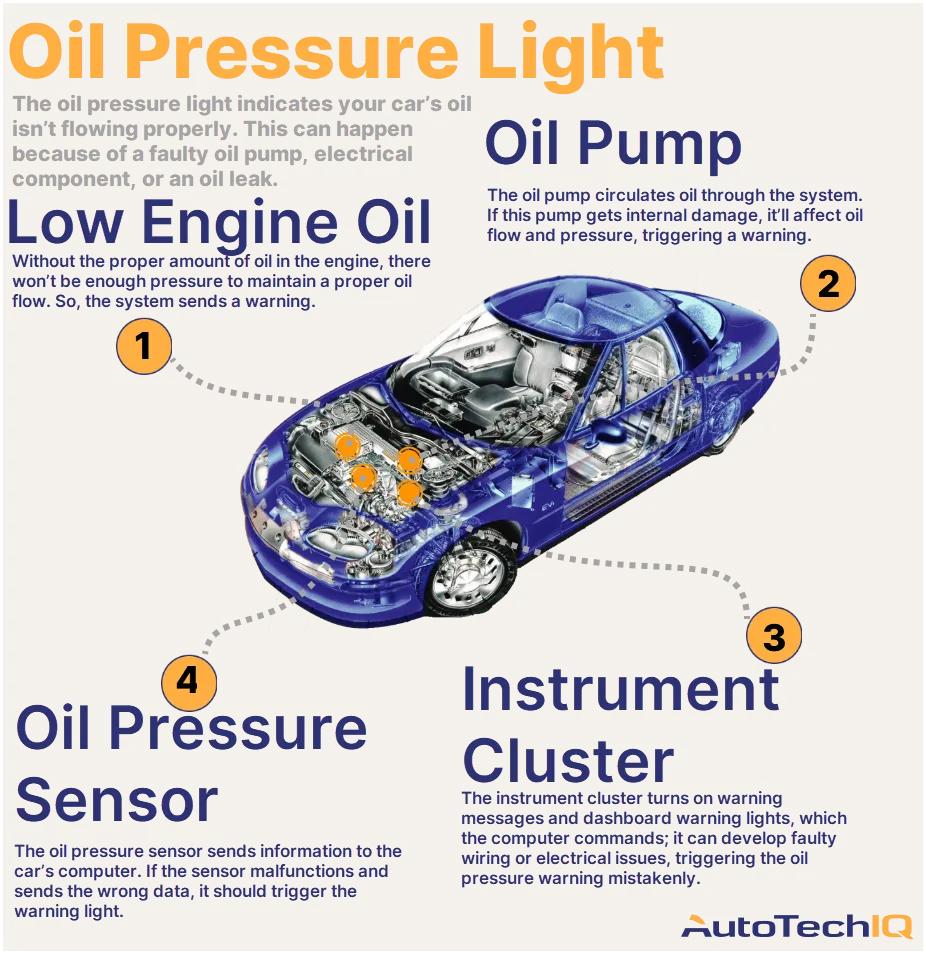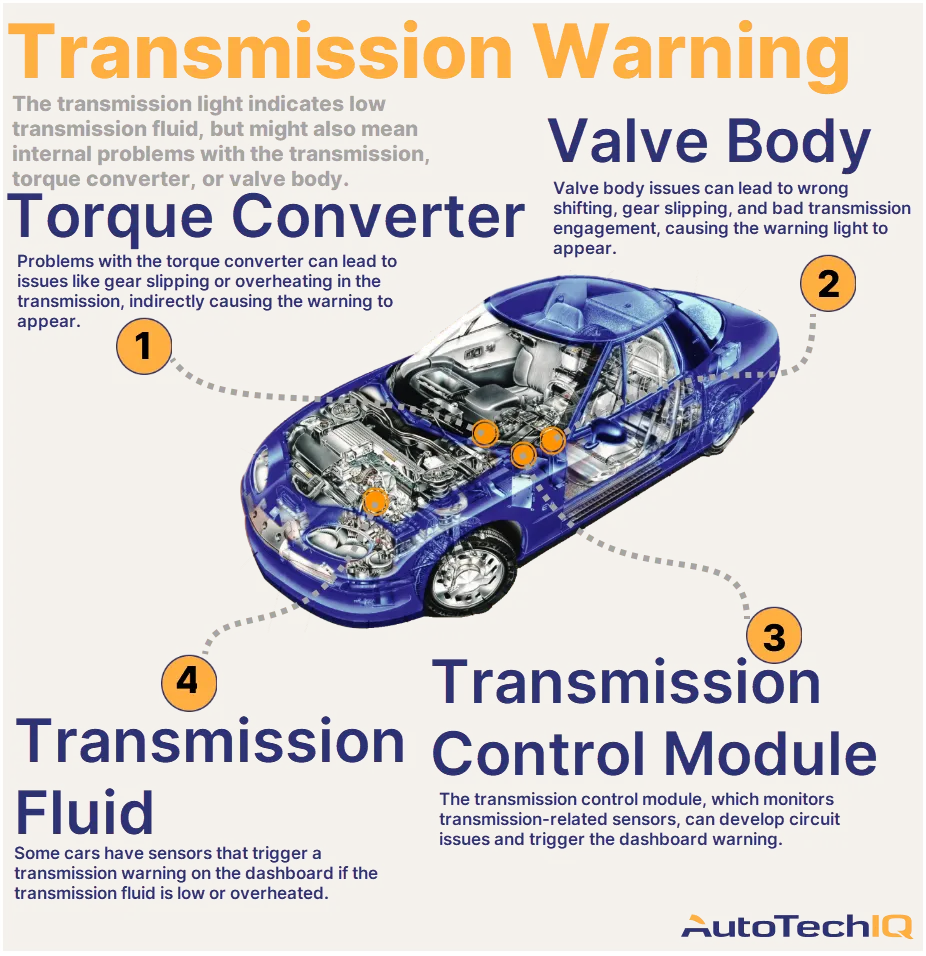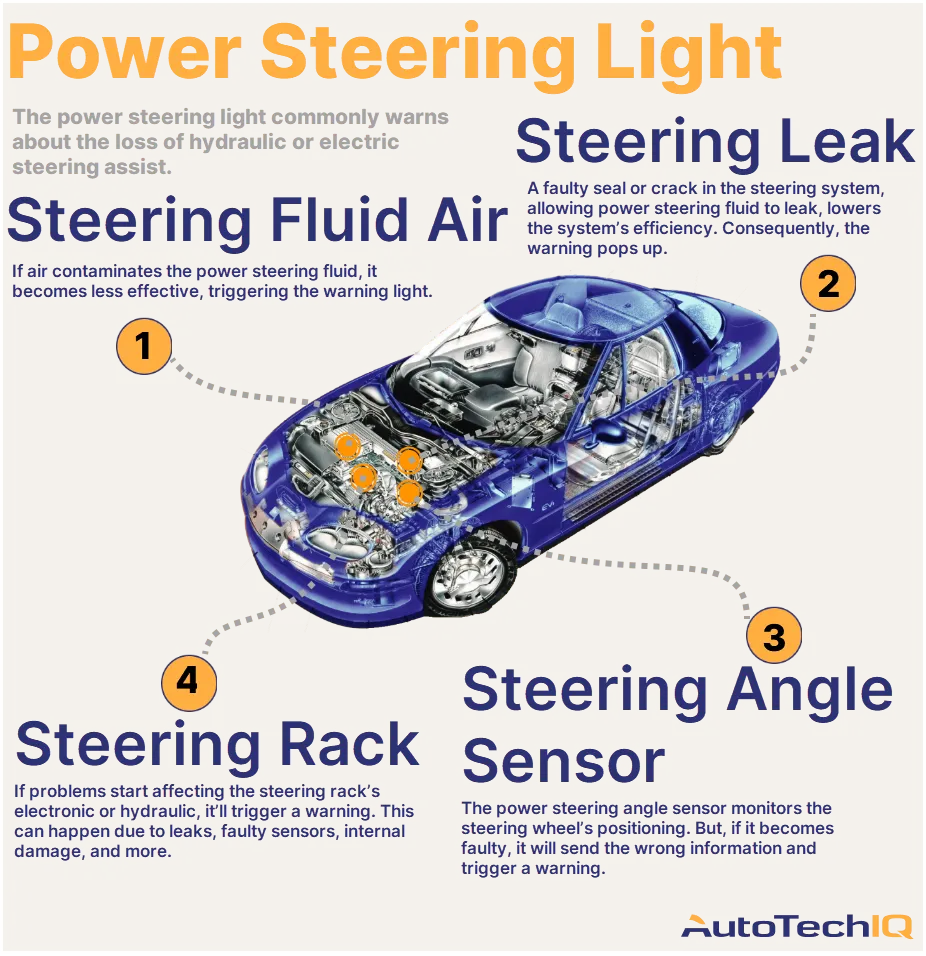Symptoms of bad Catalytic Converter
A bad catalytic converter causes your vehicle to smell like rotten eggs (it releases toxic fumes), also making the engine perform worse and messing with the fuel economy. The catalytic converter is like the car's air purifier, it turns most of the toxic fumes from the engine's combustion into safer-to-breathe air. This air is then released through the exhaust. Catalytic converters are required by law because of environmental actions; a faulty one can also cause problems to your vehicle's engine. Let's see the symptoms of a bad catalytic converter in better detail.
One of the first signs of a bad catalytic converter is the Check Engine Light turning on. The vehicle’s oxygen sensors monitor exhaust gases before and after they pass through the catalytic converter. If the converter isn’t working properly, the sensors detect abnormal emissions levels and trigger the warning light. A diagnostic scan tool can confirm if the issue is related to the catalytic converter by checking for trouble codes like P0420 (Catalyst System Efficiency Below Threshold).
A clogged or failing catalytic converter can cause a noticeable drop in engine performance. You might experience sluggish acceleration, difficulty reaching higher speeds, or a general feeling of the engine struggling to breathe. This happens because the converter is restricting the flow of exhaust gases, creating backpressure that reduces power and efficiency.
3. Poor Fuel Economy
A failing catalytic converter can lead to poor fuel efficiency. When the converter is clogged, the engine has to work harder to push exhaust gases through, burning more fuel in the process. You might notice you're visiting the gas station more often, even though your driving habits haven’t changed.
If the internal components of the catalytic converter break apart, you may hear a rattling noise coming from underneath the vehicle, especially when starting the engine or accelerating. This sound is caused by loose, broken pieces of the converter’s ceramic honeycomb structure. Ignoring this can lead to further damage, as the debris can block exhaust flow entirely.
A strong rotten egg or sulfur-like smell from the exhaust is a classic sign of a failing catalytic converter. This odor occurs when the converter is no longer able to properly process hydrogen sulfide in the exhaust into odorless sulfur dioxide. The unprocessed gases escape through the tailpipe, producing a distinct foul smell.
6. Failed Emissions Test
A faulty catalytic converter can cause your vehicle to fail an emissions test. The converter’s main job is to reduce harmful emissions like carbon monoxide, nitrogen oxides, and hydrocarbons. When it’s not working correctly, the vehicle releases excessive pollutants into the atmosphere, leading to a failed inspection.
A clogged catalytic converter can cause engine misfires or even stalling. When the exhaust gases can’t escape properly, they disrupt the air-fuel mixture and combustion process, leading to incomplete combustion or misfires. This can cause the engine to run rough, hesitate, or stall altogether, especially during acceleration or idling.
8. Excessive Heat from Under the Vehicle
A failing catalytic converter can cause the underside of the vehicle to become extremely hot. You may even notice heat radiating through the floorboards. This happens because exhaust gases are trapped inside the converter, causing it to overheat. In severe cases, this can lead to a glowing red converter or even a fire hazard if left unchecked.
9. Dark or Discolored Exhaust Smoke
A malfunctioning catalytic converter can cause dark or black exhaust smoke. This happens because the converter isn’t effectively reducing hydrocarbon and carbon monoxide emissions, allowing unburned fuel and other pollutants to exit through the exhaust. You may also notice an increase in visible soot around the tailpipe.
In extreme cases, a completely clogged catalytic converter can prevent the engine from starting at all. Without proper exhaust flow, the engine can’t function correctly, leading to hard starts or a no-start condition. If your vehicle cranks but won’t start, and you’ve ruled out other issues, the catalytic converter could be the culprit.







